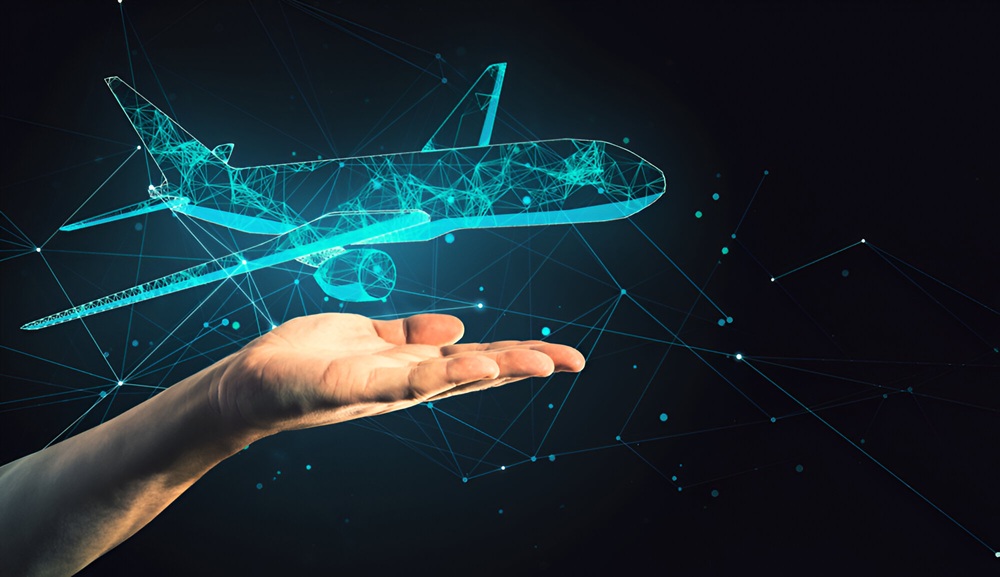The aviation industry is soaring into a new era, thanks to Artificial Intelligence (AI). From optimizing flight paths to enhancing safety protocols, AI is transforming how pilots train, airlines operate, and engineers innovate. But one surprising ally in this tech-driven evolution? Detailed plane modeling—a tool that helps researchers and pilots visualize and test AI’s breakthroughs in real-world scenarios.
Let’s explore the key ways AI is reshaping aviation—and how traditional practices like precision aircraft model-making play a role in this high-tech future.
1. Smarter Flight Operations & Predictive Maintenance
AI analyzes vast amounts of data—weather patterns, engine performance, and air traffic—to optimize routes and reduce fuel consumption. Airlines like Delta and Lufthansa already use AI to predict mechanical issues before they occur.
How modeling helps: Before AI systems are deployed, engineers often validate algorithms using scaled airplane models in wind tunnels. These physical replicas allow for safer, cost-effective testing of AI-driven aerodynamic adjustments.
2. Enhanced Pilot Training with AI Simulators
AI-powered flight simulators now offer hyper-realistic training, adapting to a pilot’s skill level in real time. Machine learning tailors scenarios—from engine failures to extreme weather—making practice sessions more effective than ever.
The role of models: Custom 3D-printed aircraft models help trainers visualize complex systems (like wing stress points) that AI simulators replicate. These tactile tools bridge the gap between digital simulations and real-world mechanics.
3. Autonomous Flight & AI Co-Pilots
While fully autonomous passenger planes are still years away, AI co-pilots are already assisting human crews. Systems like Airbus’ DragonFly can handle emergency landings, reroute flights, and even interpret air traffic control communications.
Why modeling matters: Before AI systems take flight, engineers test autonomous protocols using precision-engineered plane models to study how sensors and software interact with physical structures.
4. AI in Air Traffic Management
Busy airports are adopting AI to streamline takeoffs, landings, and gate assignments. NASA’s AI-based air traffic control projects reduce delays by predicting congestion and suggesting optimal flight paths.
Modeling’s contribution: Air traffic AI is tested using miniature airport models to simulate traffic flow, ensuring algorithms work seamlessly in real-world layouts.
5. The Future: AI and Sustainable Aviation
AI is accelerating the development of electric and hybrid aircraft by optimizing battery efficiency and aerodynamics. Companies like Boeing and startups like Joby Aviation rely on AI to design lighter, greener planes.
Where models fit in: Before full-scale prototypes are built, detailed scale models of eco-friendly aircraft are used to test AI-proposed designs, ensuring feasibility before billion-dollar investments.
Conclusion: A High-Tech Sky, Grounded in Precision
AI is undeniably the future of aviation—but its success hinges on collaboration between cutting-edge software and tangible tools. From AI-powered cockpits to data-crunching air traffic systems, the industry’s progress is being shaped by both digital and physical innovation.
For pilots and aviation students, understanding AI’s role is no longer optional; it’s essential. And as AI evolves, so will the tools that support it—including the meticulously crafted airplane models that help bring these advancements to life.
Want to stay ahead of aviation’s tech curve? Follow Pilot Headquarters for more insights into the future of flying!


